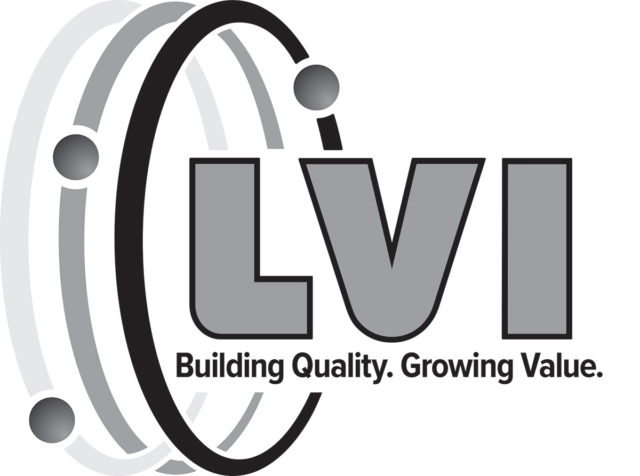“We were overcrowded in our heifer barn, and we needed a way to thin the herd,” Joe Terpstra says.
They are milking about 300 cows and keep all heifers and dry cows on the farm as well. After switching to robotic milking in 2014, they converted their old parlour into a calf barn with some individual stalls and an automatic feeder to feed groups of 10. The original barn on the farm is used to house heifers.
Starting in August, they began sampling their calves, 10 animals at a time. They would pull a tissue sample from the site where the calf’s second ear tag would go and then insert the ear tag in that spot when they were done.
Once the samples were processed, they received a printed report, which they reviewed with the help of a representative from their genetics service.
Terpstra says their mating decisions are focused on A2/A2 for cows that produce only the A2 type beta casein protein and net merit.
“We wanted to see higher net merit heifers because that is what we are after,” he says. Plus, having a herd producing A2 milk is their goal, “just in case there ever is a market someday.”

According to Terpstra, they tested about 50 animals to get a good benchmark on their breeding program, but stopped after that because they now need all of their heifers to help fulfill the extra kilos available.
“We just did it in the short term to see where we were at and where we want to go,” Terpstra says. He also notes, “For us, it was too expensive to do on every calf.”
Using the data they received, they were able to select and sell their lower genomic heifers to gain some space in the heifer barn. They were also able to see that decisions made by the mating company are resulting in calves with the genetics they want for the future of their herd.
“It was valuable,” he says. “We’re glad we did it. It was a way to double-check that what we were doing was correct.”
He estimates they’ll do genomics testing again in 12 to 18 months as a way to continue to benchmark their breeding program.
Using genomics testing on only a portion of their herd helped the Terpstras in making a short-term culling decision while also providing a way to check on a long-term mating program. ![]()
See more of the Terpstras' operation in this slideshow.

-
Karen Lee
- Editor
- Progressive Dairyman
- Email Karen Lee
PHOTO 1: Joe and Barb Terpstra (centre) answer questions about their calf-raising program while hosting the Progressive Dairy Operators fall bus tour.
PHOTO 2: Tissue samples were taken from a calf's ear, right where they planned to insert the second ear tag. Photos by Karen Lee.










